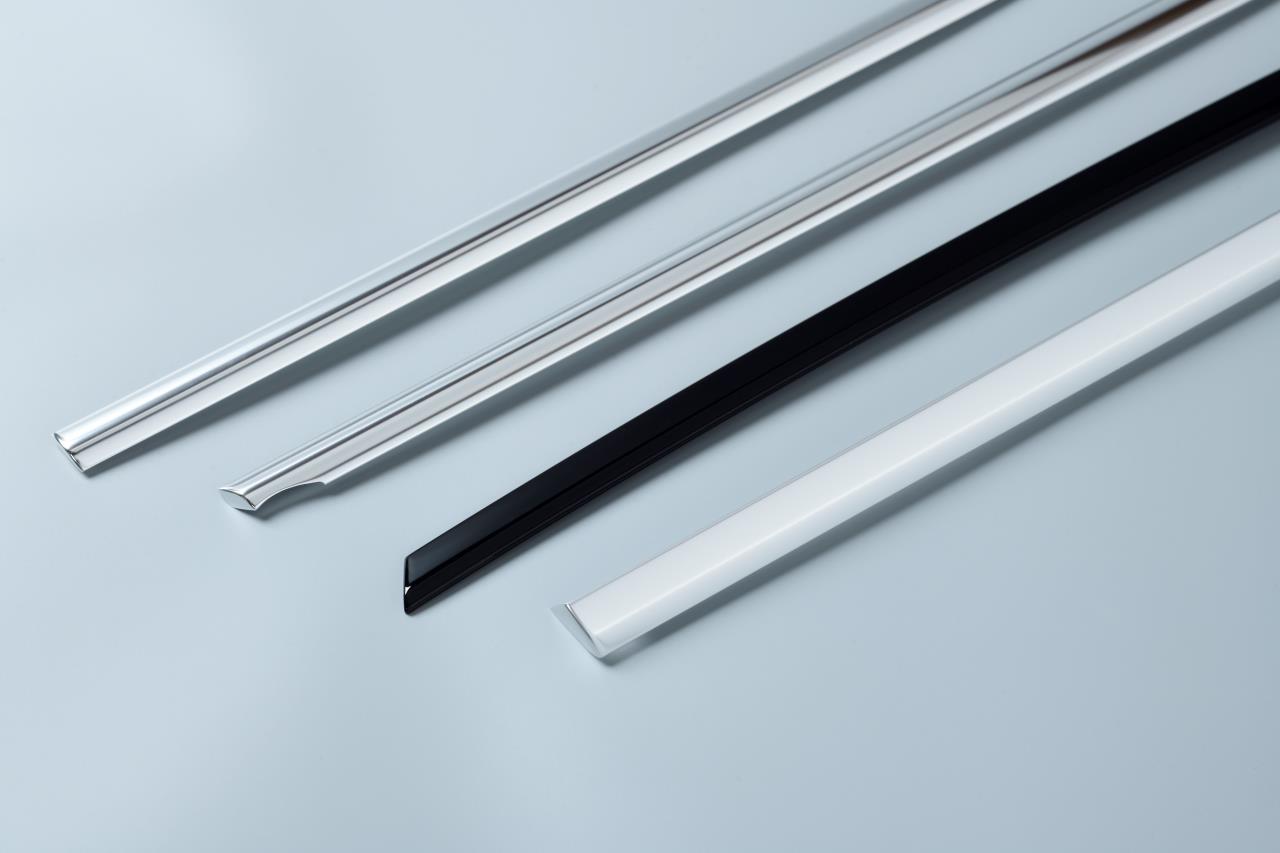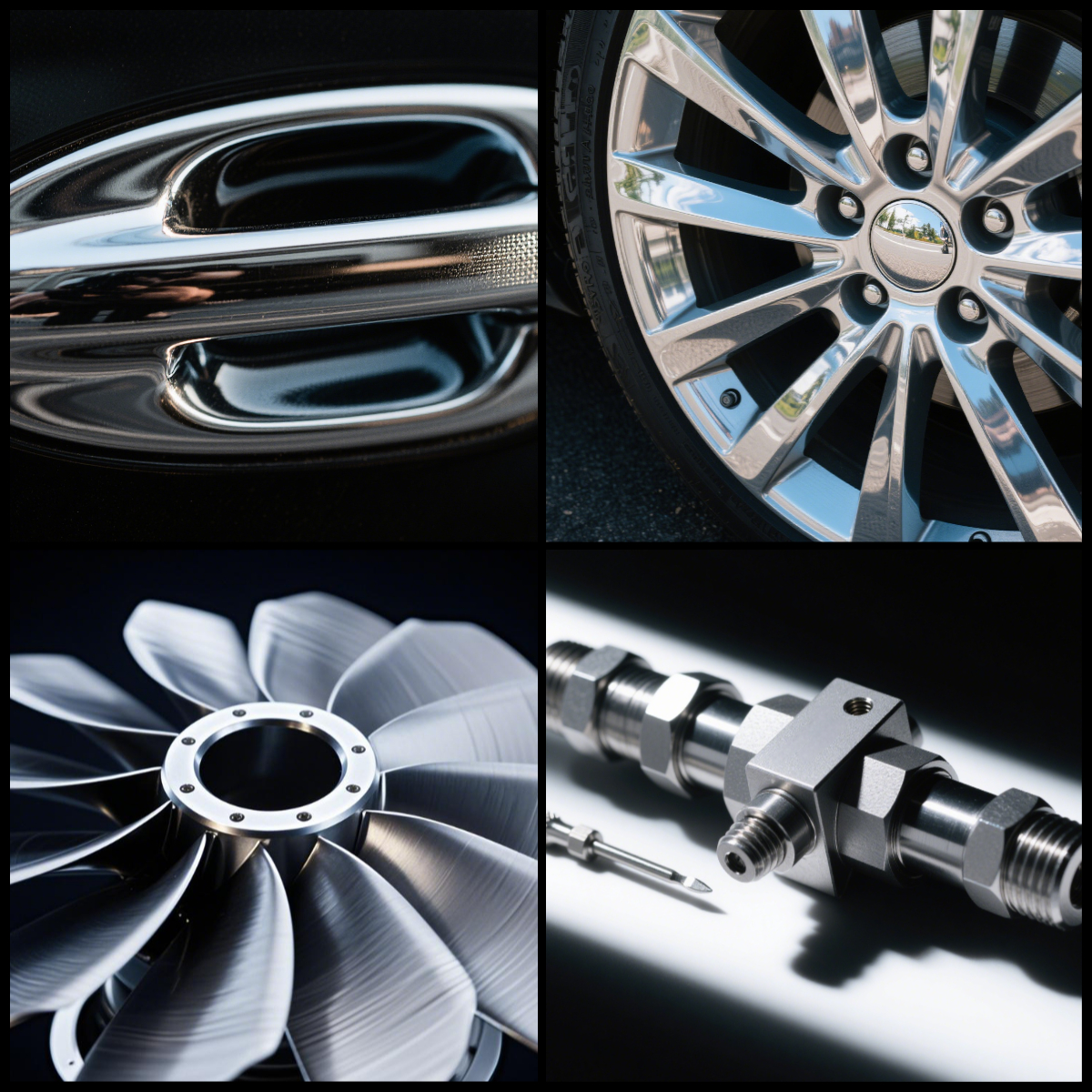
CHEMICAL CONVERSION TECHNOLOGY OF ALUMINUM
Explore aluminum chemical conversion technology, including chromate, phosphating, silane, and eco-friendly chromium-free options.
Anodizing of aluminum alloy is a surface treatment technique used to enhance the corrosion resistance, wear resistance, and aesthetics of the material. This process forms a dense oxide film on the surface of aluminum or aluminum alloy through electrochemical methods. Below is a typical aluminum alloy anodizing process.

Degreasing: To remove oil stains and impurities from the surface of the workpiece, alkaline solutions are typically used for cleaning.
Acid Washing: An acidic solution is used to remove the natural oxide layer and other residues on the surface of the workpiece to ensure a clean surface.
Rinsing: Rinsing with clean water removes any residual chemicals from the surface.

Hanging Installation: The processed workpiece is hung on a special fixture for easy placement in the electrolytic cell.
Electrolytic Oxidation: The workpiece (anode) and a metal plate (cathode, usually lead) are placed in an electrolytic cell containing sulfuric acid, oxalic acid, or other electrolytes. After energization, a dense alumina film forms on the workpiece surface. Parameters such as electrolyte selection, temperature, current density, and treatment time affect the oxide film’s quality and characteristics.
Sealing Treatment: After oxidation, the oxide film is sealed to increase its corrosion and wear resistance. Common sealing methods include hot water sealing, vapor sealing, and chemical sealing.

Rinsing: The workpiece is washed again with water to remove excess electrolytes and sealants.
Drying: The workpiece is dried and prepared for the next process or packaged directly for storage.
Throughout the entire process, the conditions of each step (temperature, time, solution concentration, etc.) must be strictly controlled to ensure the quality of the oxide film. Safety protection measures are crucial, as the process involves chemicals and electrical equipment. Relevant safety operating procedures must be followed.

Explore aluminum chemical conversion technology, including chromate, phosphating, silane, and eco-friendly chromium-free options.

Explore the processes, challenges, and applications of aluminum surface treatment, electroplating and electroless plating from RTL Chemical.